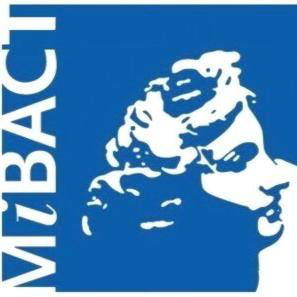Summary (English)
This study deals with the investigations conducted on a stratigraphical portion of the Pisa – San Rossore’s basin. It represent a lenght of a riverbed that was part of the compound harbour system of ancient Pisa, joining sea and river navigation. In the space of ten years of excavations, the site has given back finds dating from the 6th century BC to the 5th AD, expecially from the debris and the wrecks of several disastrous alluvial events.
Recently, what seems a Late Roman alluvial deposit has been analitically studied, also with statistical tools. It has been payed attention expecially to those stratigraphical evidences that could lead to the reconstruction of the depositional and post-depositional dynamics causing the formation and the alteration of the sedimentary bodies.
In our case study, the aim was to verify how much of information can be added by careful statistical analyses on the amount of pottery sherds, in order to reach an adeguate explanation of the formation processes: actually, the matter was to distinguish, in the pottery assemblage, the alluvial debris from the ceramics belonging to wrecks and, in this last group, the shipboard equipment from the pottery belonging to the cargo. Furthermore, another effort came up when it was understood that sherds could belong to shipwrecks sunk in different ages. So, the paper reports some considerations on the notion of residuality and on what could be a proper approach to it. Finally, it shows the most important results of this research, expecially dealing with the morphogenetical phenomena recognised and their meaning for a rebuilding of the historical and economic dynamics that involved the whole site.
- Anna Ferrarese Lupi - Università Cattolica del Sacro Cuore di Milano
Director
- Andrea Camilli - Soprintendenza per i Beni Archeologici della Toscana
Team
- Esmeralda Remotti
Research Body
- Università Cattolica del Sacro Cuore di Milano, Scuola di Specializzazione in Archeologia
Funding Body
Images
- No files have been added yet




